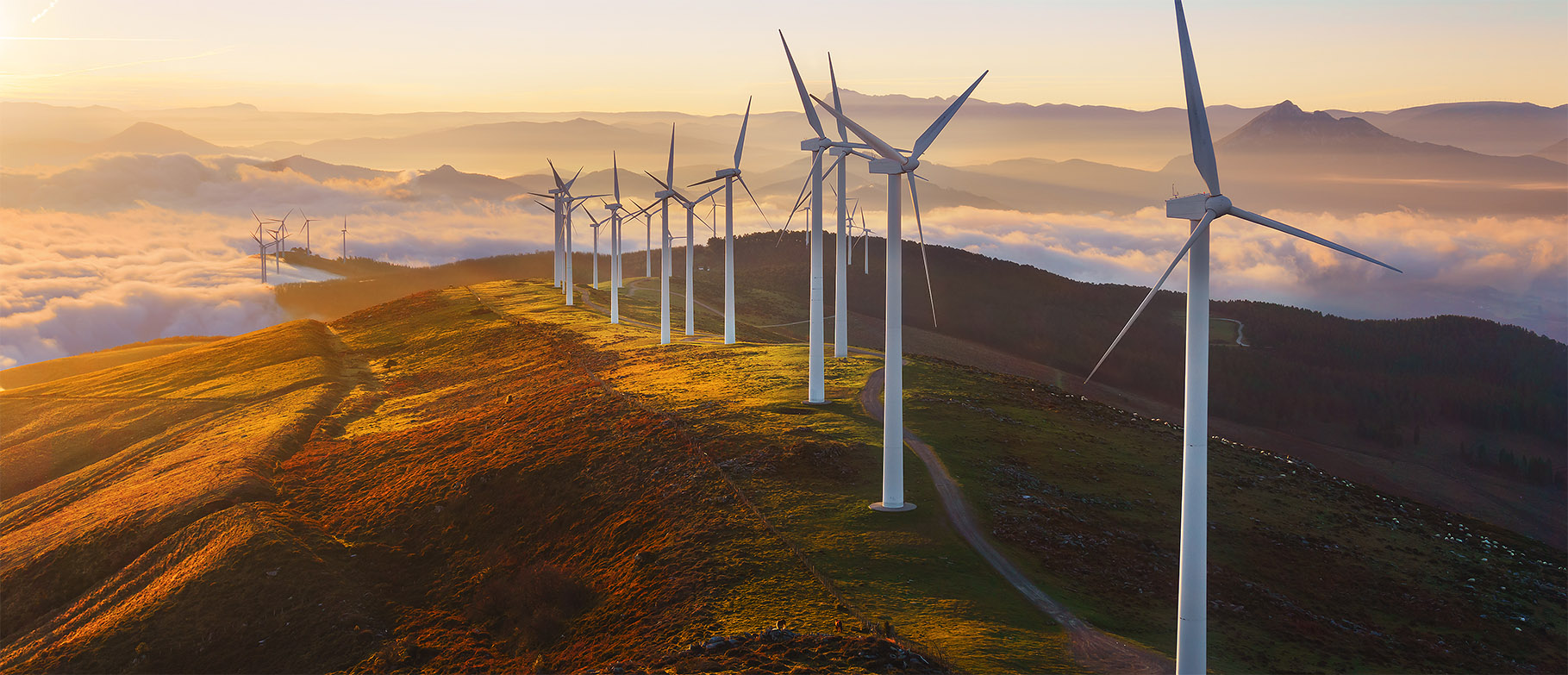
ENERGY TRANSITION HUB Barriers in the current economic system
Major investments are required to implement the energy transition, complementing the investment already being made in the fight on climate change. Likewise, the financial system will have to be harmonised, with greater requirements on sustainability, while capital investment will have to be reallocated to low-carbon solutions.
Financial limitations can inhibit investment. It is important to unlock the sources of financing that are currently contributing little to investment in sustainable energy, with greater participation from institutional investors (pension funds, insurance companies, etc.) and community-based financing systems, as several international organisations have argued.
In order successfully to implement the sort of energy transition that is required, it would be beneficial to gradually eliminate aid to fossil fuels, thus creating a level playing field for all technologies.
The circular economy is the process of social transformation that has inter-related most with the energy transition. The energy transition promotes processes of circular economy while in turn, the circular economy orients the energy transition towards maximum sustainability.
Legislative obstacles
In order to define and achieve the objectives required to meet the 2030 and 2050 goals, it is indispensable to establish a stable regulatory framework that offers long-term guarantees to all parties.
It is also necessary to develop political instruments that facilitate investment and help eliminate economic barriers.
In this regard, regulation is needed that does not penalise self-consumption and that empowers citizens in energy terms. Complex administrative procedures can put a brake on the development of many projects and initiatives, and swifter and more flexible processes are therefore required.
A bill was submitted to the Spanish Parliament on 19 May.
CLIMATE CHANGE AND ENERGY TRANSITION BILL
Citizens and society
At a social level, the main obstacle to any move towards the energy transition is a lack of information — or even actual disinformation. In broad terms, the public lacks clear information on the subject, and because of the complexity of the subject and the associated terminology, people do not understand the benefits of this transition. This aspect comes on top of an existing situation of energy poverty, currently being experienced by a section of the population.
At the same time, it is important to ensure legal security for any citizens wishing to play an active part in the transition, avoiding the mistakes of the past when mistrust has been generated amongst a section of society, raising barriers to the democratisation of the transition process.
Technology and innovation
In order to achieve the innovations required by the energy transition, governments, international agents and the private sector need to come together and take joint and coordinated action.
Research, development and demonstration are all key to supporting an efficient and effective transition. Innovation and early deployment of low-carbon technologies would help ensure their availability and further reduce costs. This will require considerable expense and will only be possible with the support of new business models and affordable financing.
Innovation is decisive to the development of alternatives, but for this, investment is required. This is a major obstacle that needs to be overcome if we are to achieve the much-desired goal of carbon neutrality.
Energy and material-related obstacles
The electricity industry —like the energy sector in general— is aware of the key role it plays in meeting the objectives of the energy transition. However, the current system itself faces a series of challenges and limitations that are hampering change. The most important is the amount of energy currently being provided by non-renewable sources and the size of the energy infrastructures.




